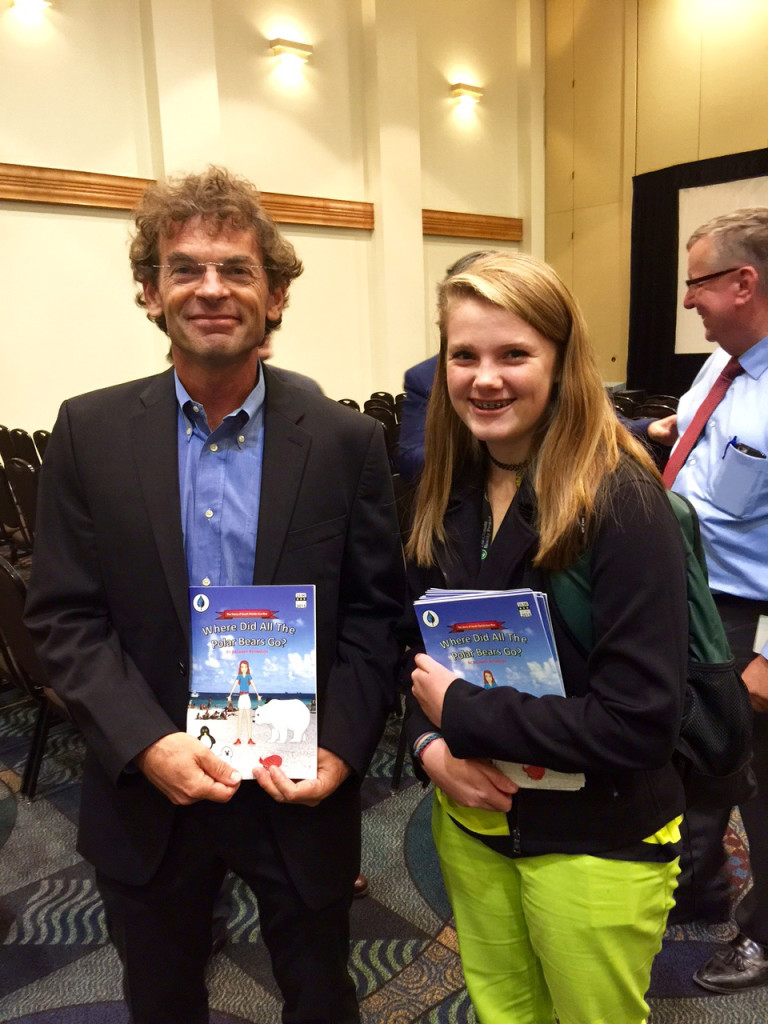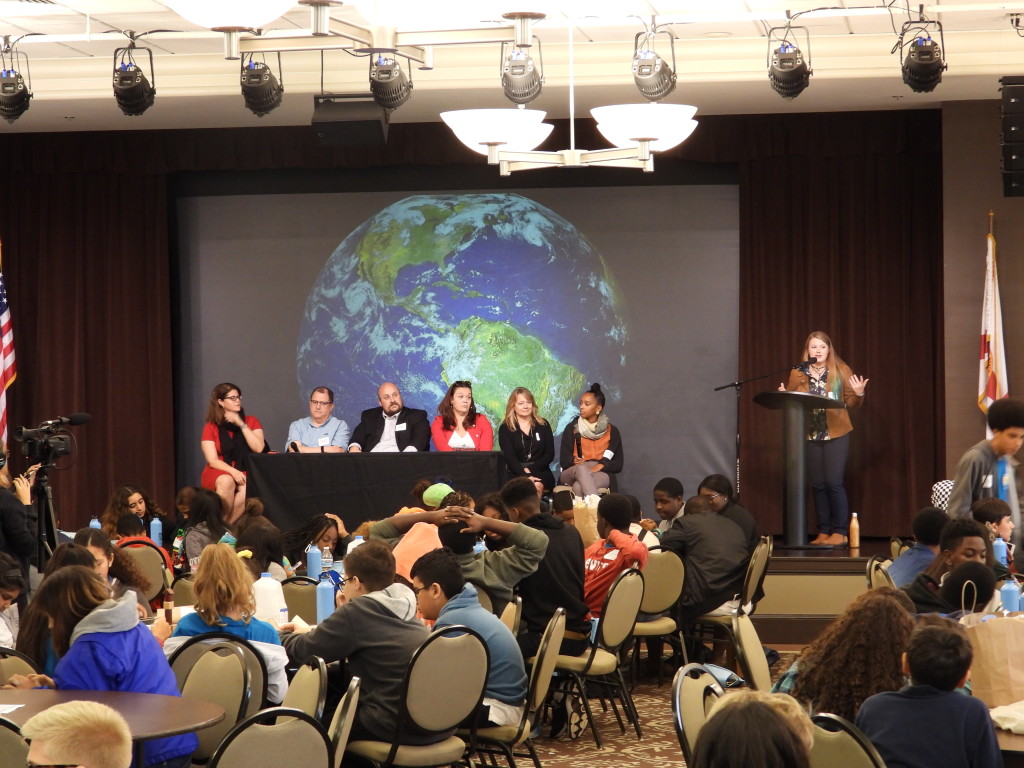
It’s time that the Miami-Dade School Board and the Miami-Dade County Commission get serious about our climate change crisis and the future that Miami-Dade’s children face in a South Florida that will be increasingly impacted from sea level rise. Those children need to be informed about the facts and science behind climate change, including sea level predictions so that they can become engaged in creating sustainable solutions to mitigate and, hopefully, solve the problem. We do not have time to allow climate change to be seen as a political issue and to not educate and engage students who will be so directly impacted by this growing crisis is unacceptable.
Miami-Dade County’s public school system has about 345,000 students attending 392 schools. The children in those schools will soon inherit the climate change crisis and it will be up to today’s kids to most directly fix problems that threaten South Florida’s very future. To say that we face a significant challenge is a ridiculous understatement and for that reason I’ve been trying to get the Miami-Dade County School Board and the Miami-Dade County Commission’s attention in hopes that, together, we can create programs to educate, engage and energize children about climate change. Such work could start small with an hour a year of climate change science education.
I am not alone in my knowing that the sooner we educate our region’s children the sooner they can commence to being a powerful part of the solution. The lack of a response from the County and School Board to requests that we discuss creating a program and platform for students is a growing frustration by many here in Miami-Dade. Unfortunately, the leaders of a number of forward thinking local institutions all over Miami-Dade have expressed their frustration to me, the same frustration I’ve had, over the lack of response or action I’ve received from the Miami-Dade School Board, its Superintendent and various people in the Miami-Dade County government, when approached about creating a such program. The time has come to re-double our efforts.
Miami-Dade’s apparent lack of interest in what will be the greatest challenge today’s children face in their lifetimes needs to change and it needs to change quickly. We have a moral obligation, I feel, to inform children about climate science and to provide them opportunities to create sustainable programs that can make our community, country and world a better, cleaner place for the rest of their lives and for generations to come. Sadly, the adults in charge of the County and School Board are letting our children down and that needs to change.
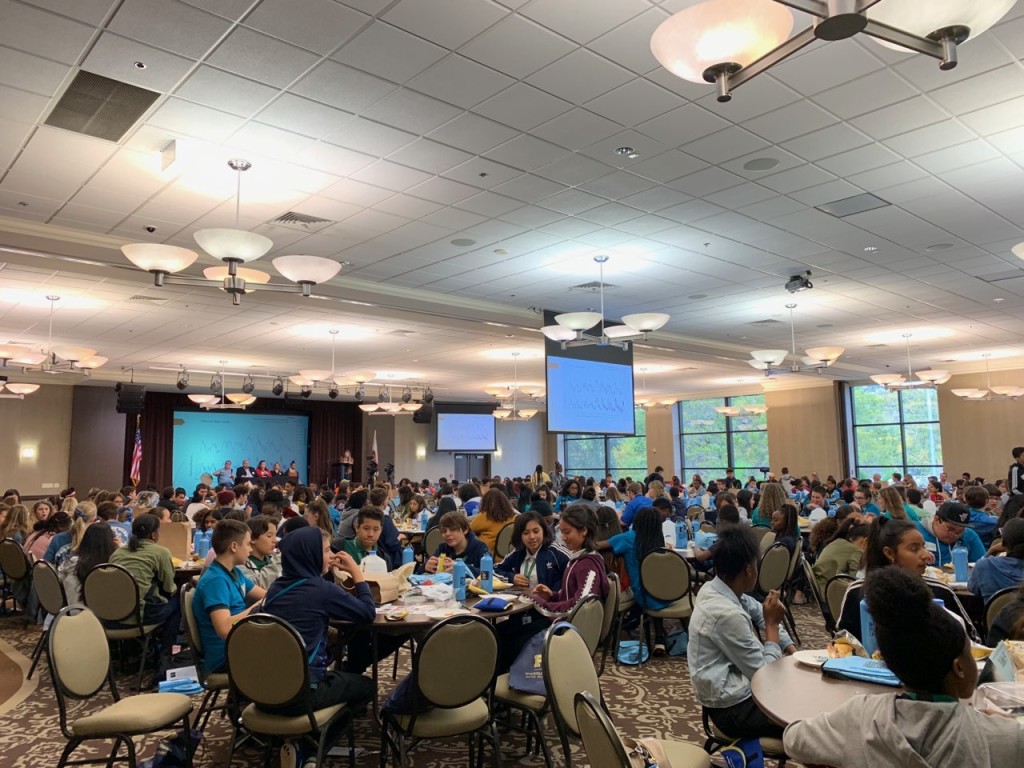
The good news, and it’s really great news, is that our neighbor immediately to the North, Broward County, is enthusiastically engaging children about climate change and sustainability and has already laid the groundwork for Miami-Dade to learn from and, I would hope, follow. Broward County Public Schools, in partnership with Broward County’s Environmental Planning and Community Resilience Division, has created a platform for climate change inspiration that offer opportunities for its 271,500 students and 234 schools to learn about the science and become part of the sustainable solutions we so desperately need. Broward’s visionary leadership led to yesterday’s very first ever Broward Youth Climate Summit and to understand how serious Broward’s adults are about helping students engage in solving our climate crisis, to see how those amazing adults truly ‘get it’, you need only read the Broward Youth Climate Summit’s Mission Statement which begins as follows:
To convene, engage, connect and empower young people for action on climate change in South Florida through the Youth Climate Summit and other leadership opportunities, and to create a climate literate generation who: understands the essential principals of climate science, communicates about climate and climate change in a meaningful way.
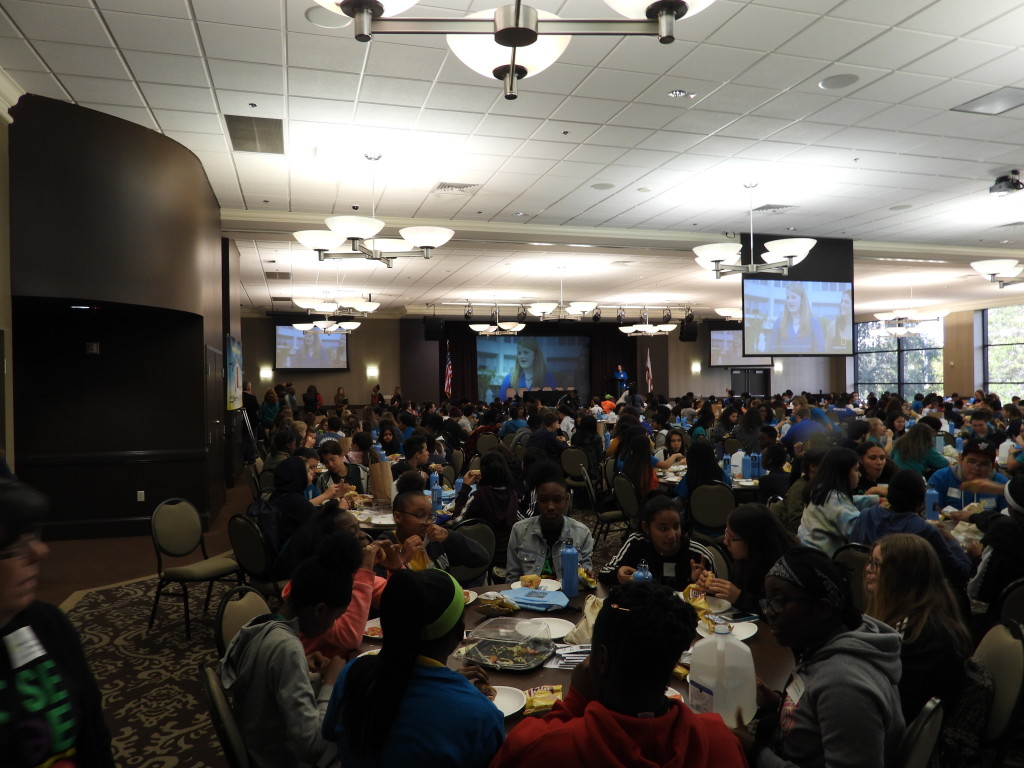
And to those who wonder whether encouraging young kids to learn about climate change or become involved in sustainability solutions is a good idea I can tell you first hand that it works beautifully in Broward County. As the Key Note Speaker Panel’s Moderator yesterday I’ve seen what the amazing teachers from all over Broward, happily supported by the Broward County School Board and Broward County’s government itself, are doing. And most importantly, I’ve seen how it is being wildly embraced by children in Middle and High Schools from all over Broward County.
What I saw yesterday gave me tremendous hope for our future yet it also frustrated me to think that Miami-Dade, perhaps the most at risk community in North America from the threat of sea level rise, does not have a similar program or such a strong commitment.
500 children packed the Global Events Center in downtown Fort Lauderdale for the day long student Summit and for an hour and a half those children listened to esteemed experts from all over South Florida talk about our climate change crisis and sustainability. People like Dr. Ben Kirtman from the University of Miami’s Rosenstiel School of Marine and Atmospheric Science, Carey Stanton from the National Wildlife Federation, Professor Jeff Huber from the School of Architecture at FAU, Jackie Ventura from The Miami Heat, Teresa Frontado from WLRN and Zalalem Adefris, the Resilience Director at Catalyst Miami. These incredible professionals talked about sustainability, solar and, yes, they shared hard climate science facts with the children.
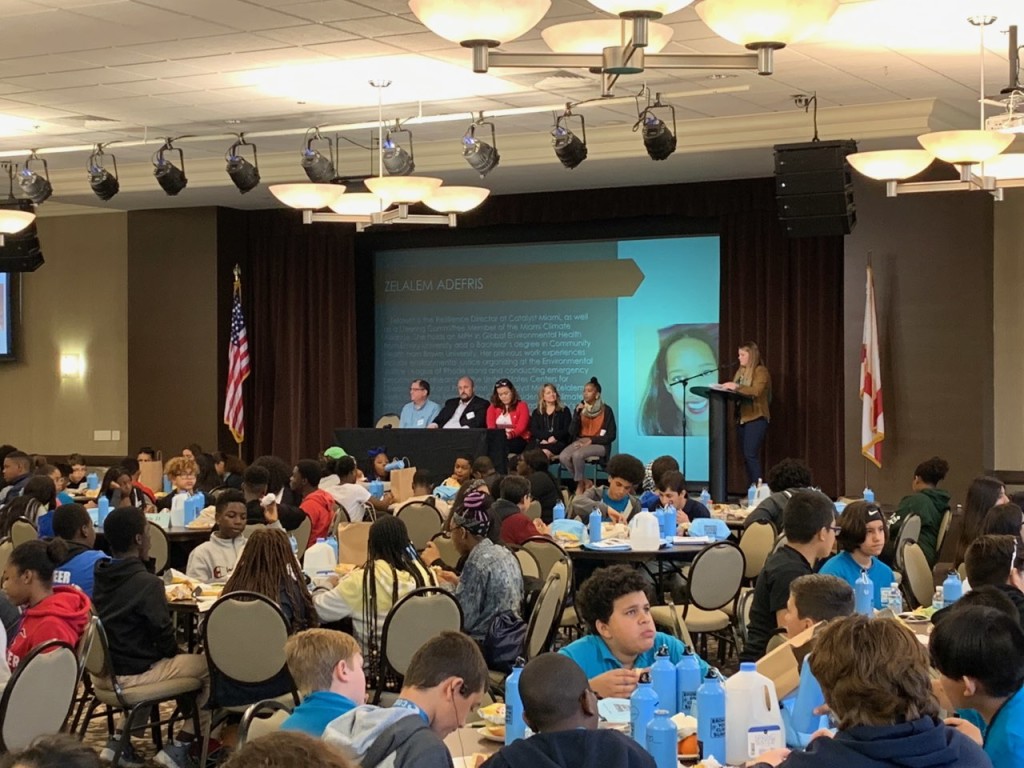 Let me repeat that.
Let me repeat that.
500 Middle and High School children listened to a panel of adults discuss climate change and sustainability for an hour and a half yesterday.
And what did they do after the panel finished their session? The children came up the microphones and asked question after question. The children craved answers and engagement. Just as I see at every single climate lecture that I give at schools all over South Florida, Broward’s kids understand that we have a problem, they know carbon is killing our atmosphere and oceans and they want to be part of the solution. They simply need a platform to become involved and thankfully Broward’s School Board and County government understand that and how serious this topic truly is to our region’s very future, to their student’s future here in South Florida.
Bravo Broward!
Miami-Dade’s children deserve the same level of commitment from our School Board, Superintendent, County Government and Mayor as children in Broward have. Miami-Dade children deserve better. Our climate change crisis and the resulting sea level rise threat is the most important issue Miami-Dade’s children will face in their lifetimes here in South Florida and the time has come for the adults in charge to understand this and get serious about educating and engaging students.
Allow me to thank some of the incredible people in Broward who played a role in yesterday’s Broward Youth Climate Summit. Thanks to the amazing Dr. Jennifer Jurado, Director & Chief Resilience Officer for the Broward County Environmental Planning and Community Resilience Division, Dr. Carolina Maran, Robert Rudolph, Victor Suarez, Maena Angelotti, Kim Mayo and Scott Lewis. Thanks as well to School Board Member (District 3) Heather Brinkworth, Susan Cantrick, Director of Broward County Public Schools Applied Learning Department, Dr. Lisa Milenkovic, Megan West, Rebecca Malones, Jaime Akkusu, Justin Weaver, Jill Horowitz and Sheryl Arriola. Thank you for allowing me to moderate yesterday’s panel and including me in your inaugural event but mostly thank you for what you are doing to educate and inspire the generations that will need to fully solve our climate crisis. For that, I know I speak for many when I say, I am grateful to each of you and your colleagues.
I’d also like to thank each of the panelists who participated yesterday and gave such meaningful insight to everyone in attendance. Your insights about your professional work much less your educations and all else inspired many yesterday, most certainly me, and for being with us in Broward thank you.
To learn more about the 2019 Broward Youth Climate Summit, its program and the Key Note Speakers who joined me yesterday please click here.

